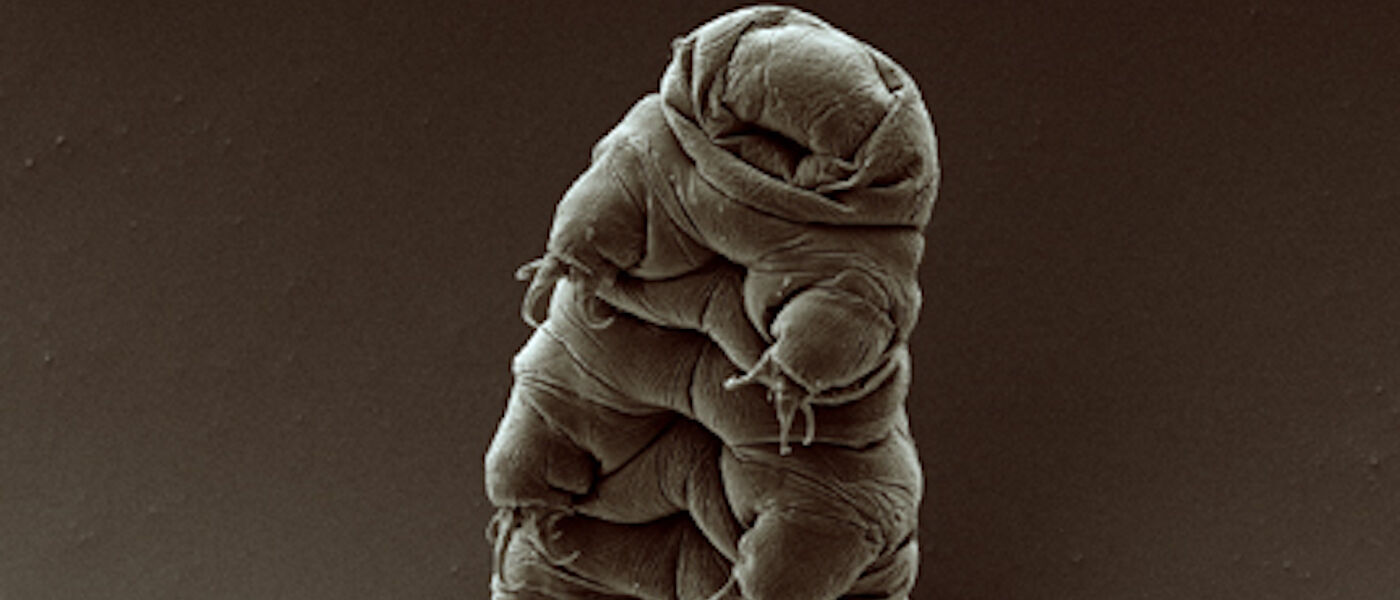Tardigrades (a.k.a. water bears) may have crash-landed on the Moon

Is there life on other worlds? Maybe, maybe not. But as of this year, there may be life on our own moon: water bears!
Wait…bears?
Unlike the land mammals you may be thinking of, water bears are microscopic organisms called tardigrades. Tardigrades are only 0.05 inches long and just may be the heartiest creatures out there. They can survive boiling water, freezing temperatures, super-high pressure, and even zero oxygen! This happens because tardigrades can put themselves in a so-called “tun state” where they dehydrate themselves into little shriveled balls. Tardigrades have been found to survive in this state for ten years! They come out of this state in the presence of liquid water.
So why are these on the Moon?
In February, the Beresheet spacecraft was launched on a SpaceX Falcon 9 rocket from Cape Canaveral. This was a craft from the Israeli nonprofit organization SpaceIL in an attempt to be the fourth country to complete a soft landing on the Moon. Upon landing on April 11, an engine glitch caused the craft to crash down onto the surface. On board Beresheet was a cargo of digital records, human DNA, and thousands of dehydrated tardigrades.
Are they okay?
That’s still to be determined. There is hope, because the tardigrades were embedded in a layer of resin that was intended to surround the digital records. That resin just may have helped keep everything in tact and safe through the crash. So there is a chance that the next humans to walk on the Moon will be able to collect the tardigrades and put them in water to be revived!
Want to learn more about tardigrades and other places we’ve searched for life in the universe? Catch our new show, “The Search for Life in Space,” now playing in LSC’s Jennifer Chalsty Planetarium, the biggest planetarium in the Western Hemisphere.
